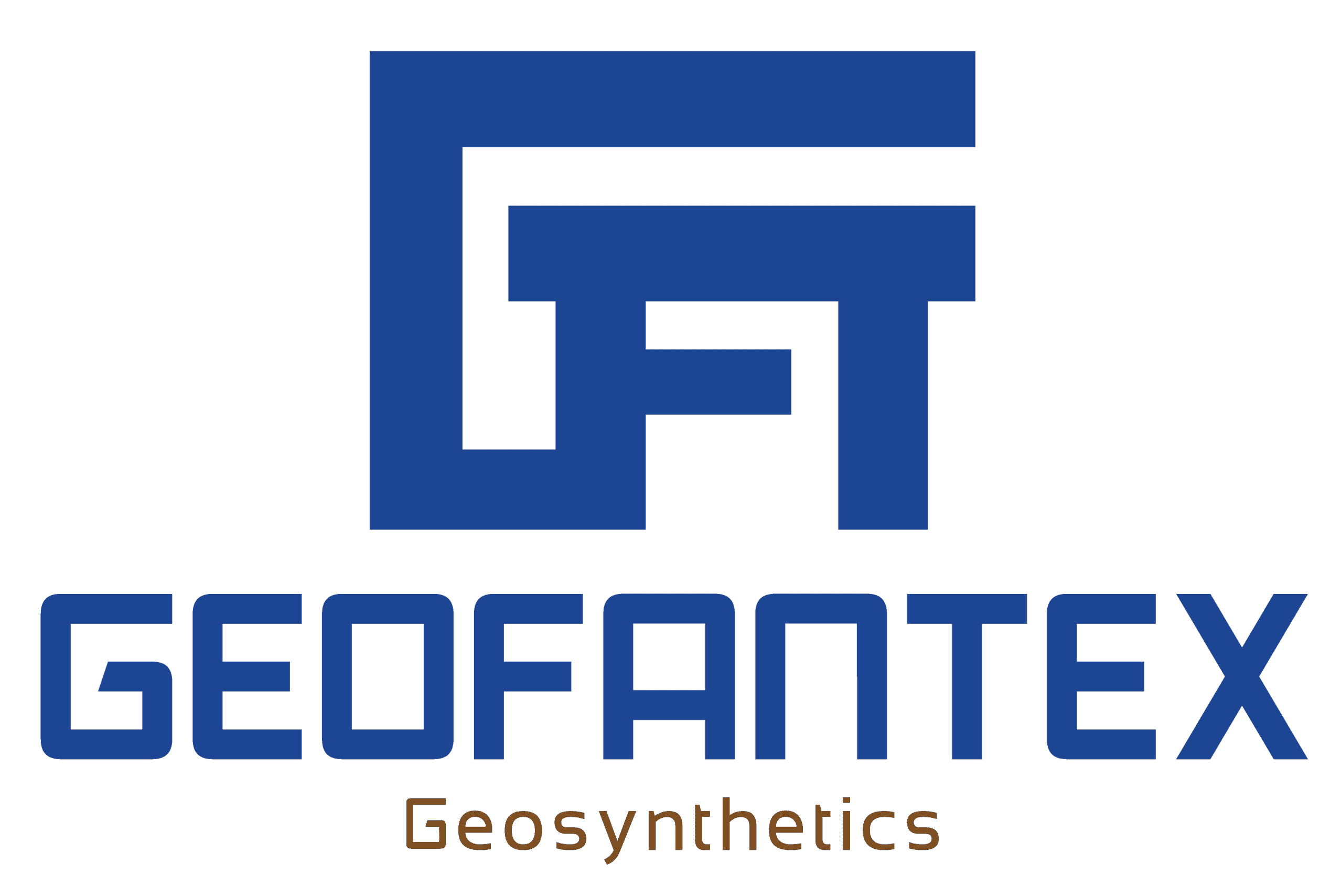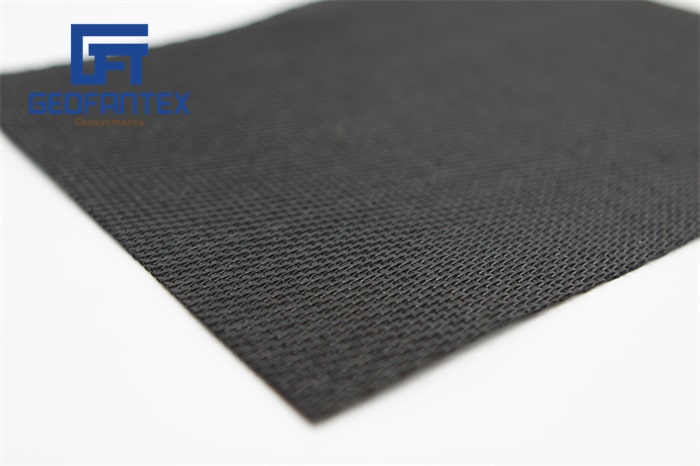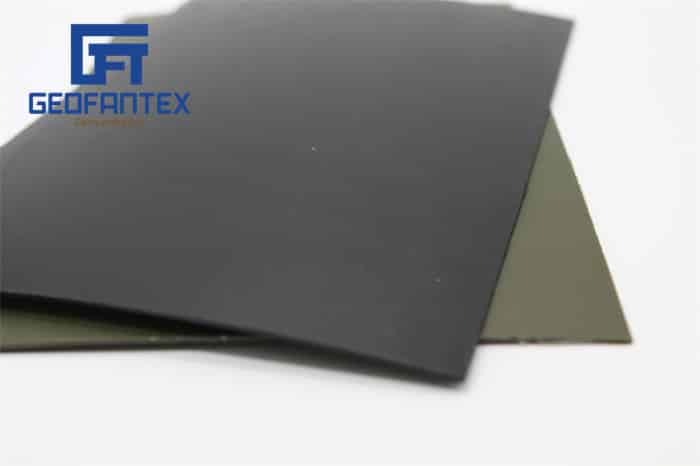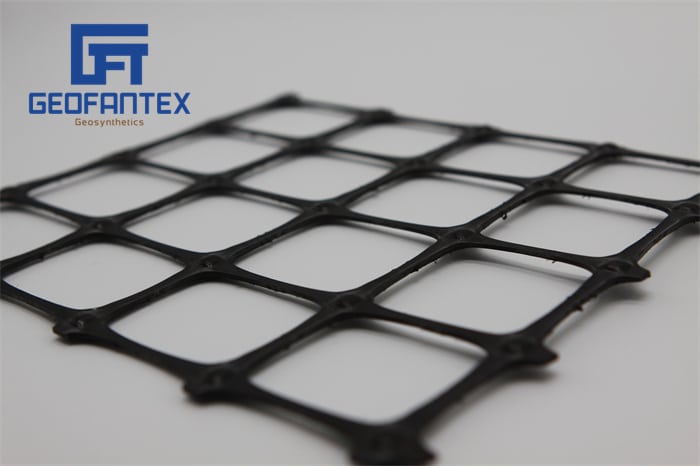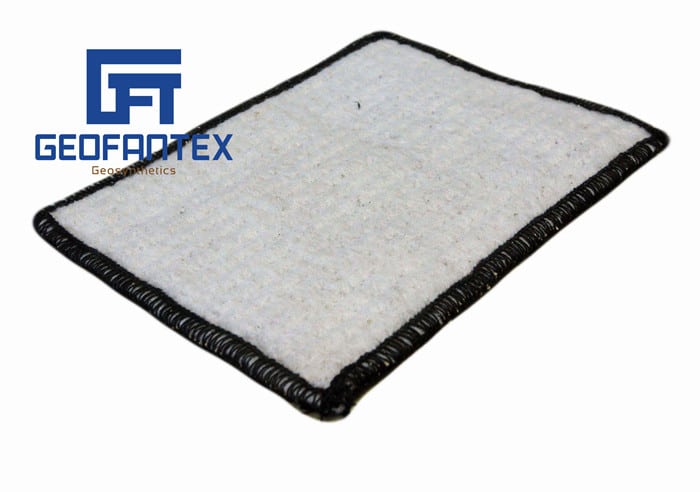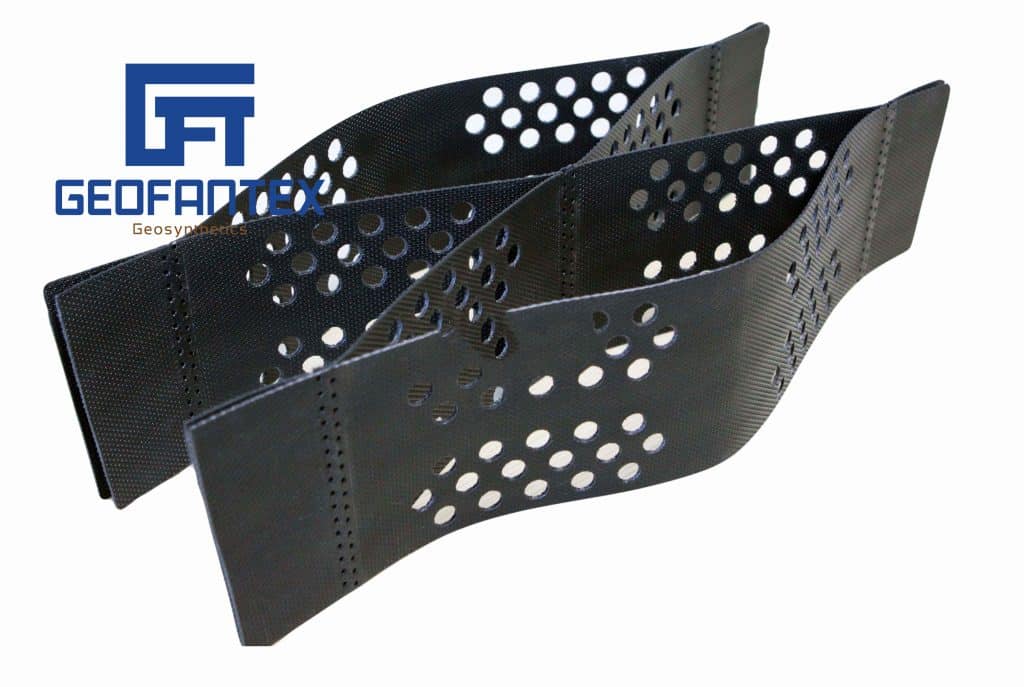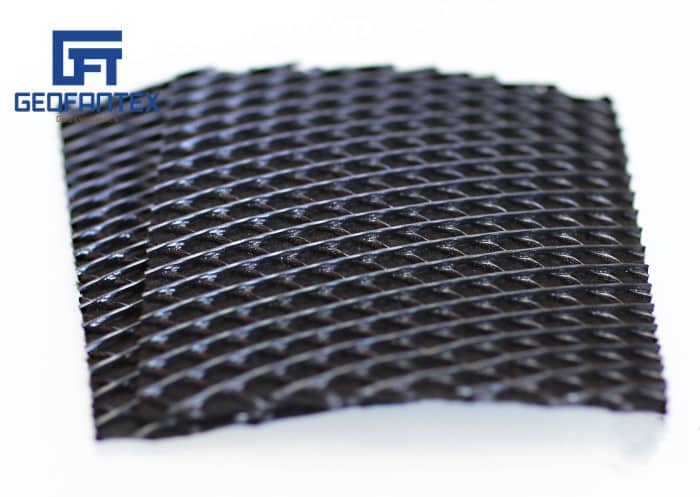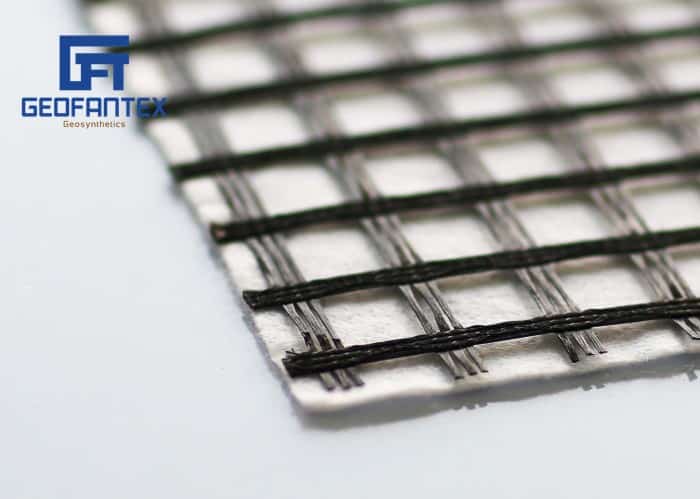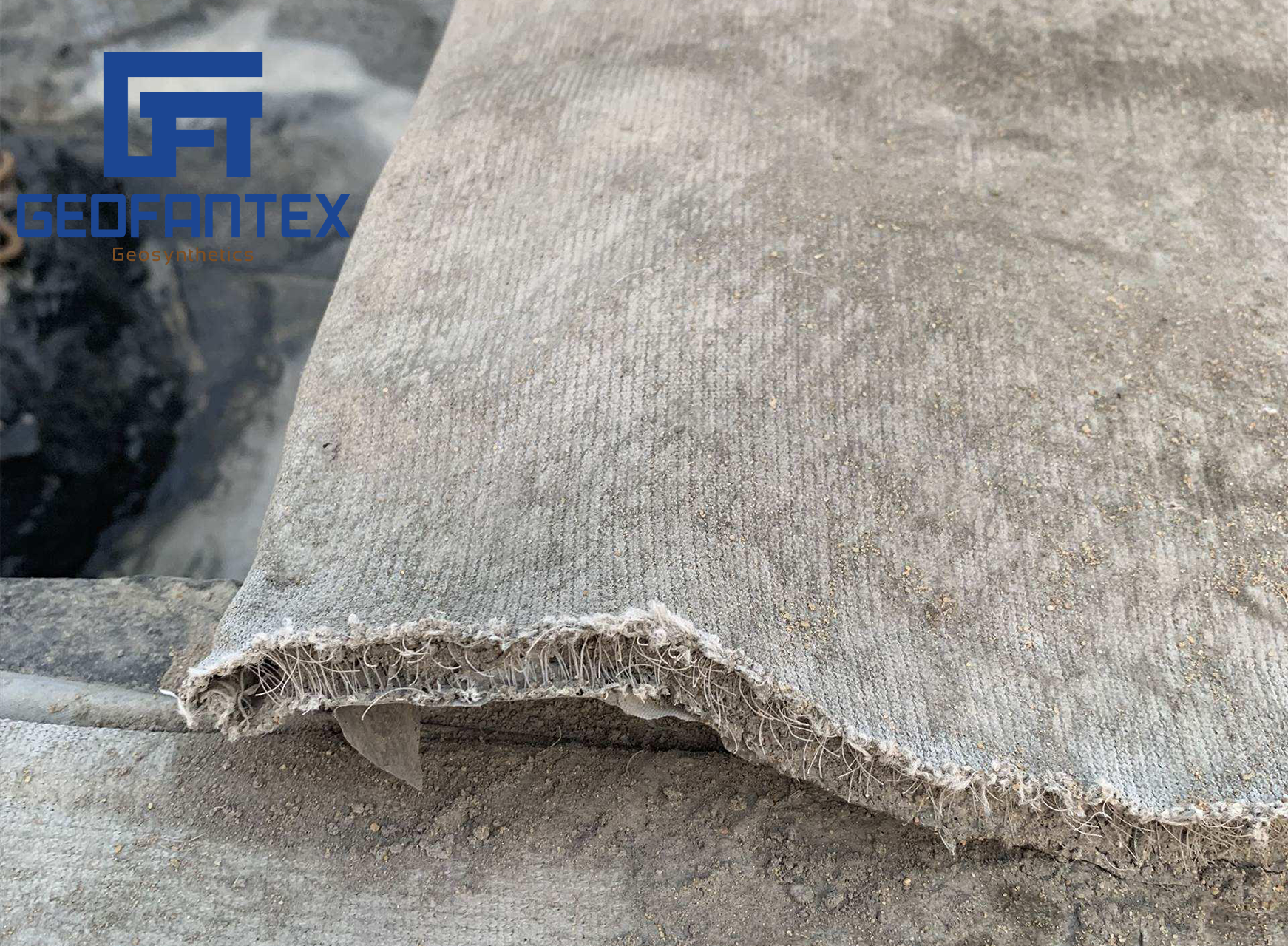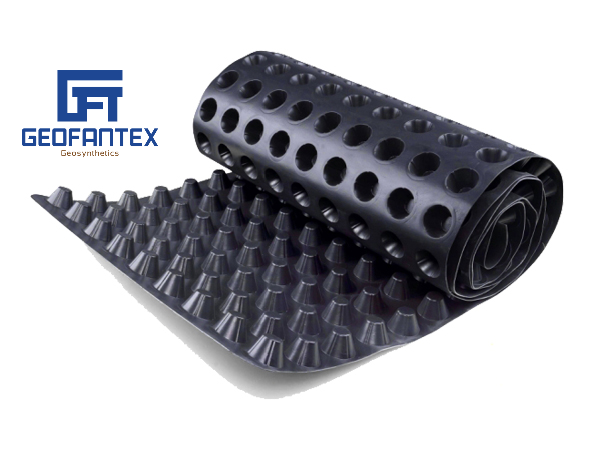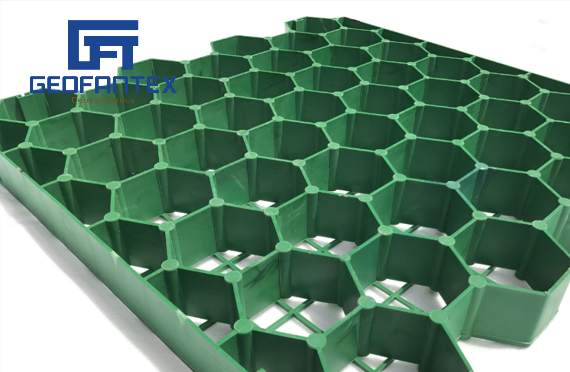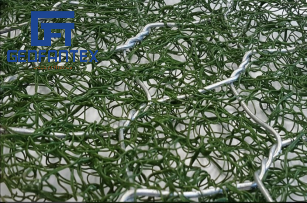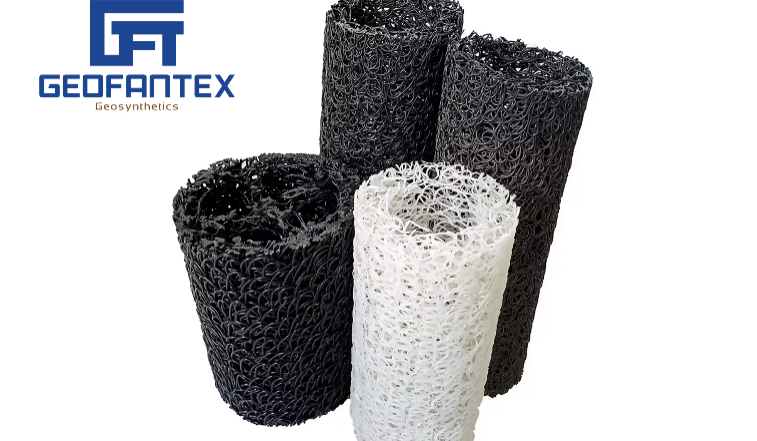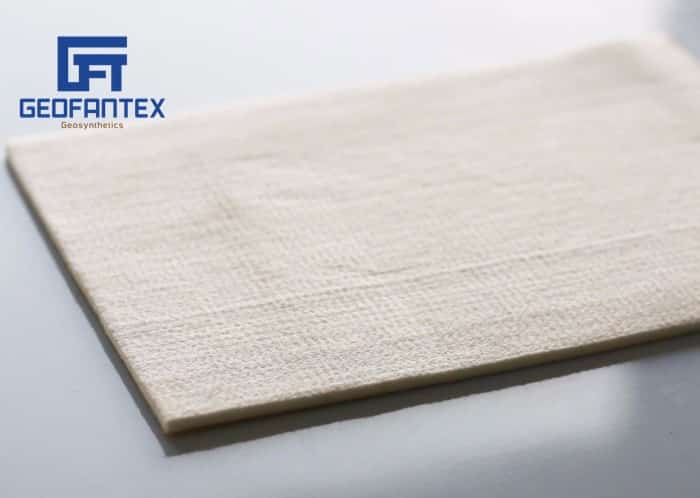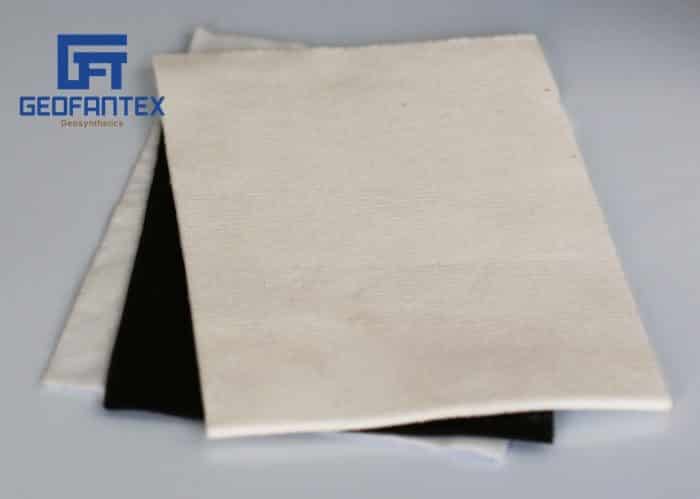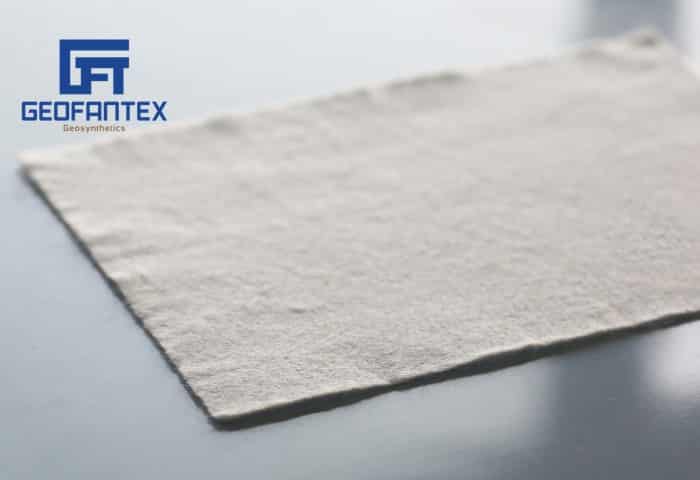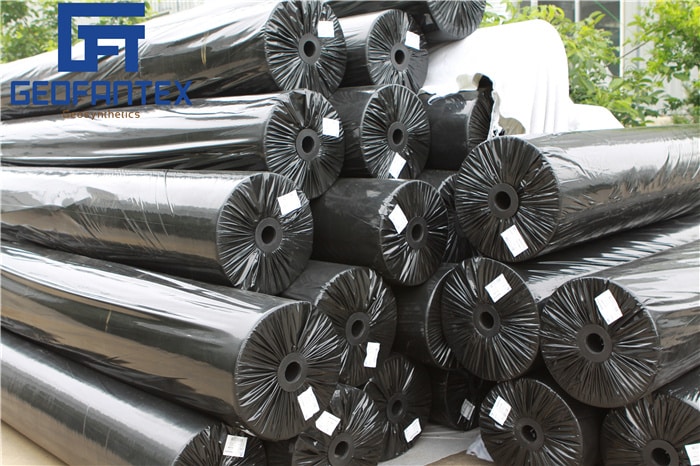+86-159 9860 6917
info@geofantex.com
geofantex@gmail.com
+86-400-8266163-44899
Geotextile fabric plays a crucial role in modern well construction and maintenance. This article delves into the purpose and benefits of geotextile fabric in good applications, addressing common questions and outlining the requirements for its effective use. By understanding the functionality and advantages of geotextile fabric in good construction, professionals and enthusiasts can make informed decisions for their projects.
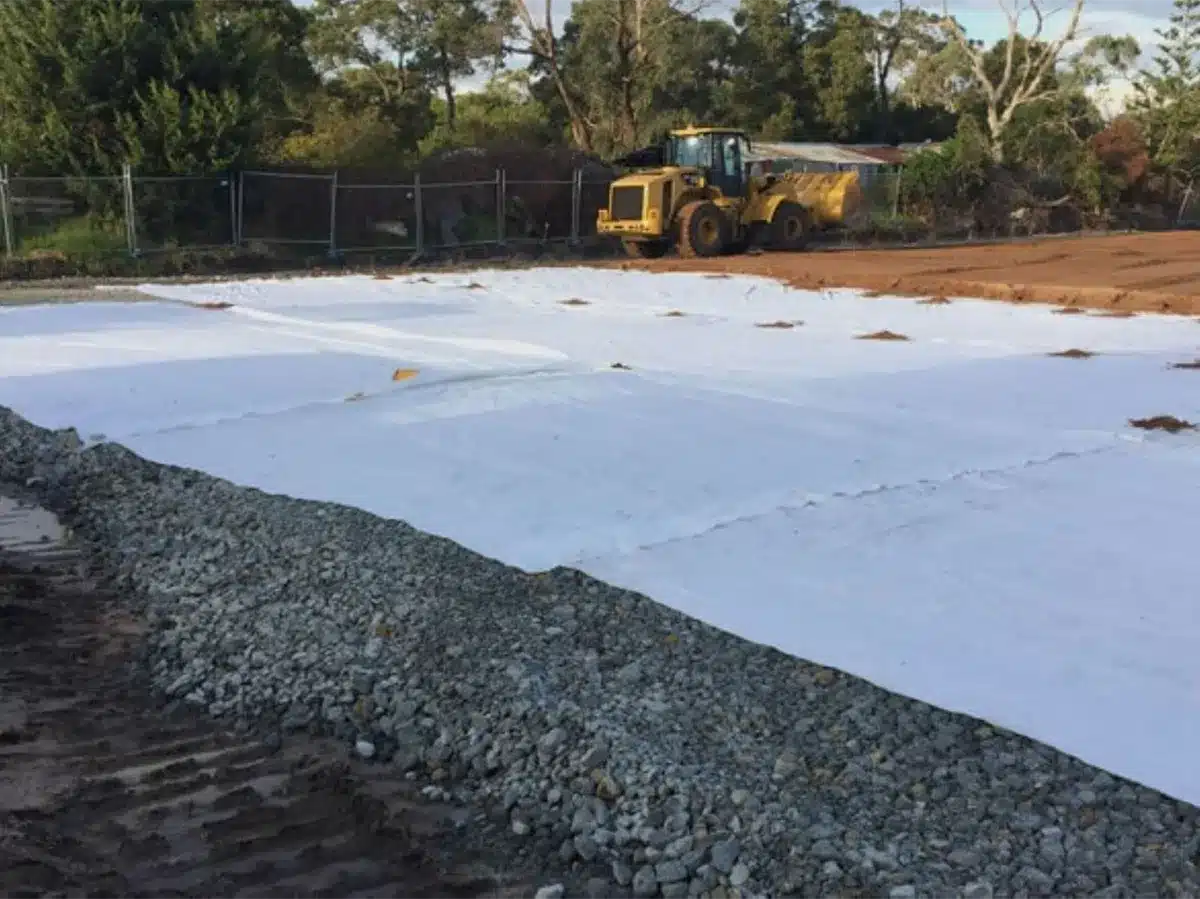
What is the purpose of geotextile fabric in good construction?
La tela geotextil se utiliza en la construcción de pozos para mejorar la estabilidad del suelo, facilitar el drenaje y controlar la erosión. Sus funciones principales incluyen:
- Separación: Evita la mezcla de diferentes capas de suelo (por ejemplo, subrasante y material de relleno), manteniendo la integridad estructural del sistema del pozo.
- Filtración: Permite el paso del agua mientras bloquea partículas finas como arena y limo, previniendo la obstrucción del filtro o rejilla del pozo.
- Reforzamiento: Aumenta la resistencia del suelo alrededor del pozo, mejorando la estabilidad general y reduciendo el riesgo de colapsos o asentamientos.
- Drenaje: Facilita el flujo de agua alrededor del pozo, evitando acumulaciones que podrían comprometer su funcionalidad.
- Control de erosión: Protege el entorno inmediato del pozo contra la pérdida de suelo causada por el flujo de agua o las condiciones climáticas, especialmente en zonas con pendientes.
Gracias a estas funciones, la tela geotextil contribuye a aumentar la durabilidad, eficiencia y sostenibilidad de los pozos, tanto en aplicaciones agrícolas como industriales y residenciales.
How does geotextile fabric improve the longevity of wells?
- Prevents Clogging: Geotextile fabric is used in well construction to filter out fine particles, such as sand and silt, that could clog the well screen. By allowing only water to pass through while blocking debris, it helps maintain the well’s flow rate and efficiency over time.
- Supports Structural Integrity: The fabric helps prevent soil erosion around the well, which could weaken the surrounding structure. By stabilizing the ground, it reduces the risk of collapsing or shifting, which could damage the well.
- Enhances Water Quality: Geotextile fabrics can act as a filter, preventing contaminants from entering the well water. This is especially important in areas with high levels of sediment or pollutants in the surrounding soil.
- Extends Maintenance Intervals: With reduced clogging and erosion, wells that use geotextile fabric require less frequent maintenance, leading to cost savings and a longer operational lifespan.
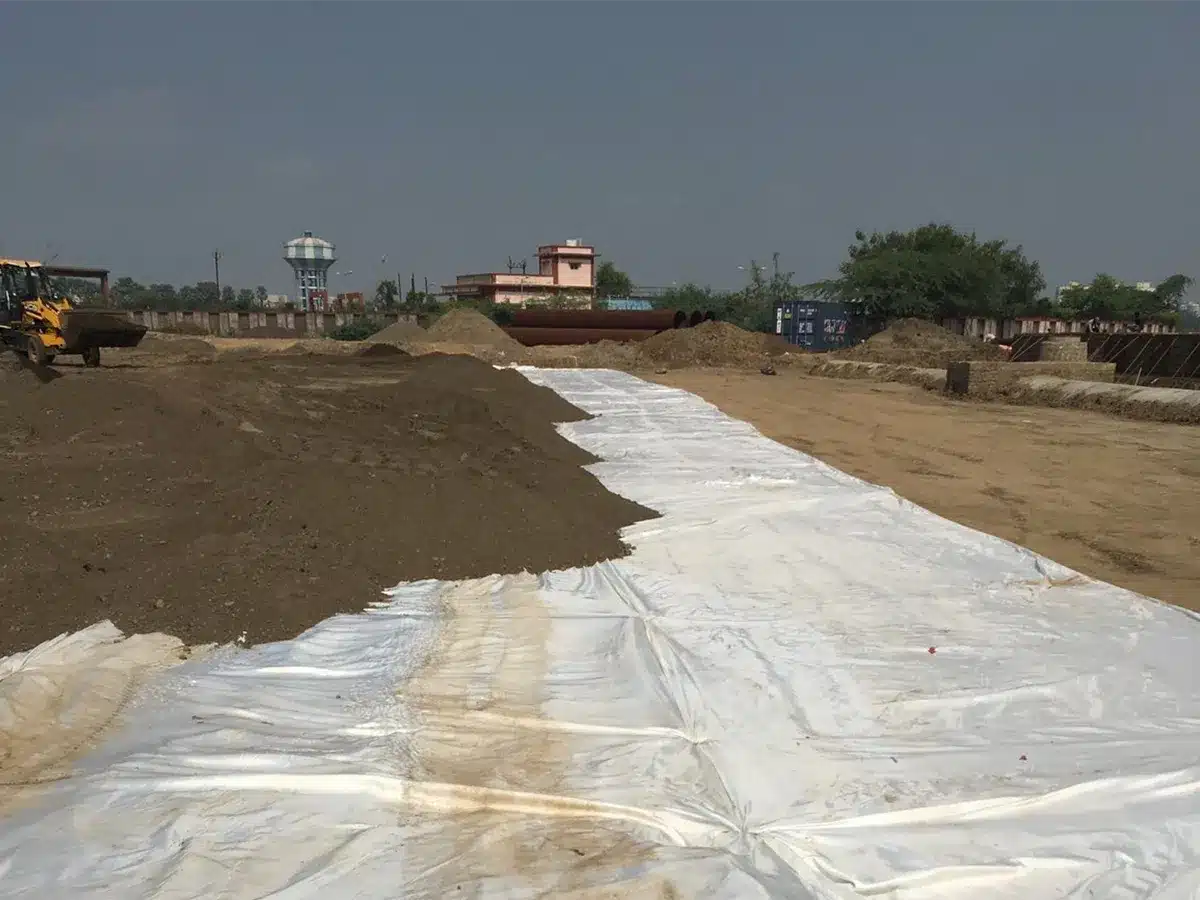
Can geotextile fabric be used in all types of wells?
Geotextile fabric can be used in many types of wells, but its suitability depends on the well design and purpose.
- Filter layer: Acts as a filter to prevent fine soil particles from entering the well while allowing water flow.
- Common wells: Frequently used in shallow wells, monitoring wells, and drainage wells.
- Limitations: May not be suitable for deep or high-pressure wells without additional protective layers.
- Material selection: The type of geotextile (woven vs. non-woven) and its properties should match the well’s specific requirements.
- Benefits: Improves well longevity, reduces clogging, and enhances water quality.
How does geotextile fabric impact the environment in good construction?
Using geotextile fabric in good construction positively impacts the environment by enhancing soil stability, controlling erosion, and promoting sustainable land use.
- Erosion control: Prevents soil loss and sediment runoff into waterways, protecting ecosystems.
- Soil reinforcement: Reduces the need for excessive excavation and import of fill materials, minimizing landscape disturbance.
- Water filtration: Allows water to pass while filtering sediments, improving water quality.
- Longevity: Durable fabrics reduce the frequency of repairs and replacements, lowering resource consumption.
- Vegetation support: Supports green infrastructure by stabilizing soil for plant growth and restoring habitats.
In conclusion, geotextile fabric is a vital component in modern well construction, offering numerous efficiency, longevity, and environmental sustainability benefits. By understanding its purpose and adhering to the outlined requirements, one can ensure the successful integration of geotextile fabric in well projects.

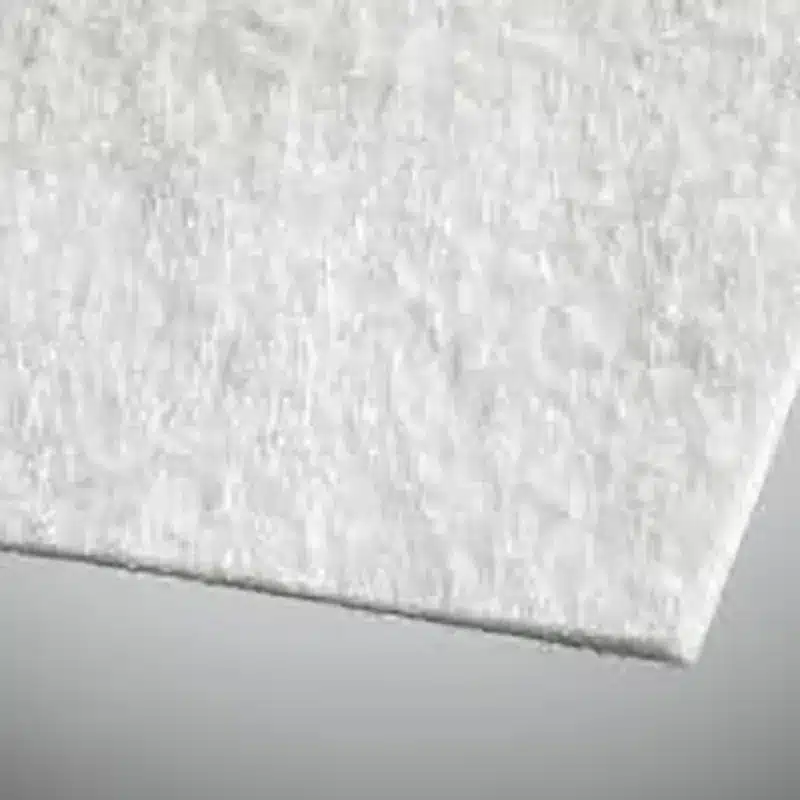
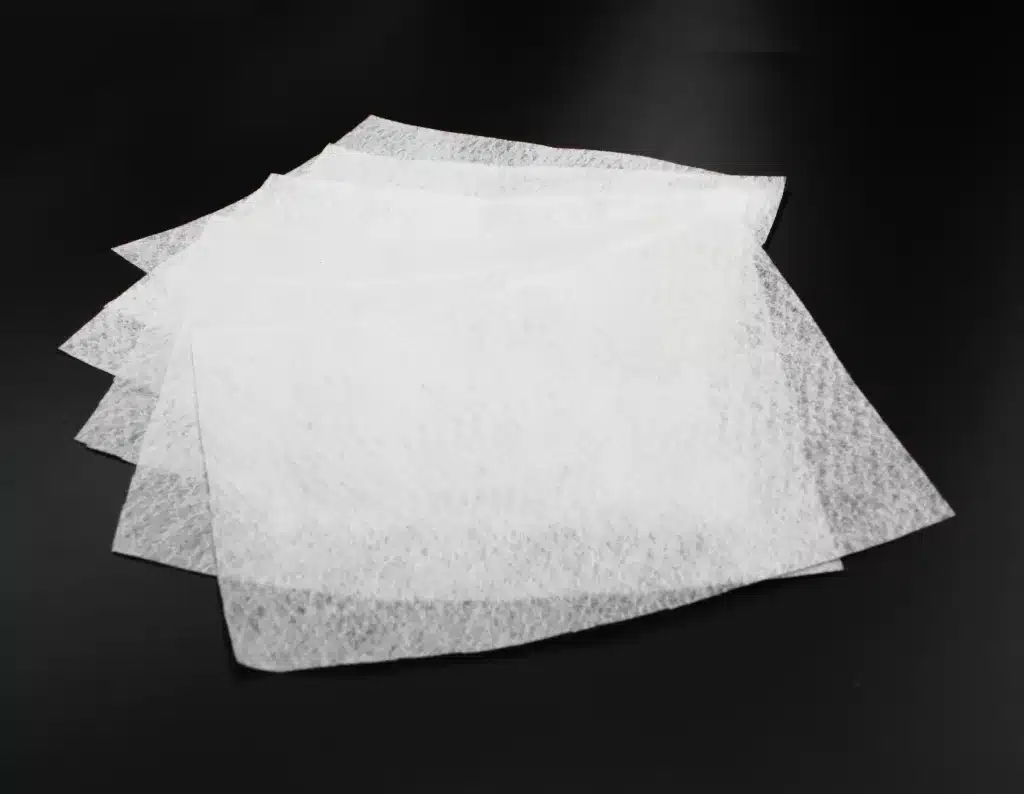
Get Free Sample
We’ll respond as soon as possible(within 12 hours)
